2018-10-13
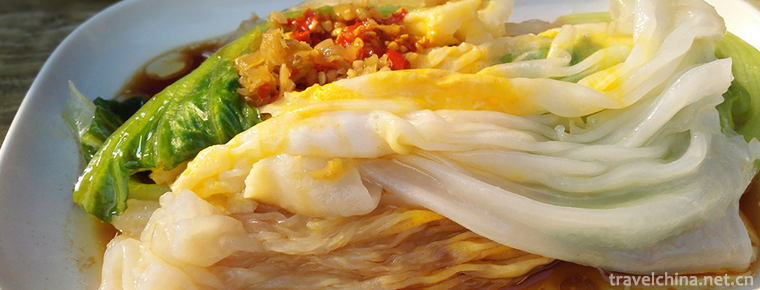
- By ChinaWiki.net
- Chinese Edition
- 2018-11-02
Intestinal powder originated in Luoding, Guangdong Province, has been spread throughout the country. According to geography (taste), it can be distinguished from the well-known Xiguan intestinal powder in Guangzhou, Hakka intestinal powder in Meizhou, Chaozhou Chaoshan intestinal powder, Hekou intestinal powder in Yunfu, Yunan capital intestinal powder and so on.
Intestinal powder originated in Luoding, Guangdong Province, has been spread throughout the country. According to geography (taste), it can be distinguished from the well-known ones such as Xiguan intestinal powder, Meizhou intestinal powder, Chaozhou intestinal powder, Yunfu River mouth intestinal powder, Yunan Capital intestinal powder, etc. And this traditional cuisine has already appeared in the Tang Dynasty. It originated from the city of Luoding (today's Guangdong city). At first, it was the Tang Dynasty's oil-flavored bamboo paste. Huineng and Huiji had no intention of creating it. Because the oil-flavored bamboo paste created by Huineng and Huiji was too thin to be divided into pieces as before, they could only be shoveled back into a pile and then divided into sections or not. This is the origin of the method of sausage powder, but at that time it was not called sausage powder. In order to distinguish it from the original oil-flavored steamed bread, people call it oil-flavored steamed bread. Since the disaster has not been alleviated, Huiji personally participated in the research work of improving the oil-flavored steamed bread. After that, Baoliang, Huineng and other disciples were arranged to teach the new oil-flavored steamed bread to the people of Fangzhou. This kind of oil-flavored steamed bread soon spread in the land of Fangzhou. Hui Neng was very grateful and helped to create a new name in the process of communication, called Hui Ji. Because Hui Ji is originated from dragon niche, it is also called "dragon niche" in the locals.
Guangzhou's intestinal powder is transparent, its mouth is Q, its sauce is soy sauce, and vegetable is lettuce. Chaozhou's rice noodle is white and tastes sweet and glutinous. Most of the sauce is peanut oil and peanut butter.
During the reign of Qianlong, when Emperor Qianlong visited the south of the Yangtze River, he was deluded by Ji Xiaolan, the Minister of Eating Guests, and specially transferred to Luoding Prefecture to eat Longgang. When eating this kind of "long enough, tender and slippery" dragon's niches, Qian Long praised them and said: "this sauce is not a glutinous rice cake, but rather like a pig's intestines. * it's better to call it" rice noodle ". Later, he returned to the capital city, and he never forgot Luoding's sausage powder, which spread in Guangdong, more and more sausage powder stores.
At present, sausage flour is one of the famous traditional snacks in Guangdong. Sausage flour is salty and sweet. The fillings of salted sausage flour mainly include pork, beef, shrimp, pork liver and so on. The fillings of sweet sausage flour are mainly sugar-soaked vegetables and fruits, then mixed with fried sesame. Intestinal flour is divided into two main types according to its genre. One is bran flour, the other is drawer flour. Because of the different tools used, the resulting intestinal flour is different.
Bra sausage powder tastes mainly fillings (most of the sausage paste is made of sticky rice flour followed by clear noodles, millet flour and raw meal). Drawer type meal powder (made of pure rice pulp) is the main ingredient to taste rice flour and sauce seasoning.
Rice flour is rich in protein, starch, trace elements, vitamins and so on.
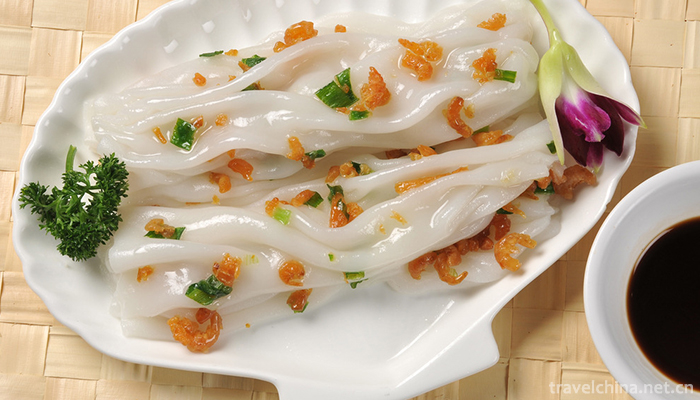
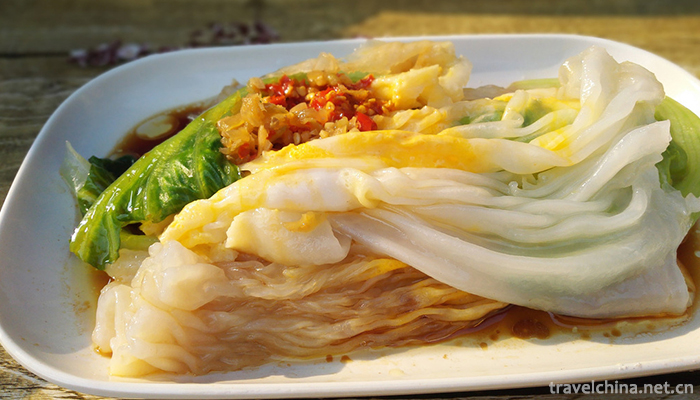
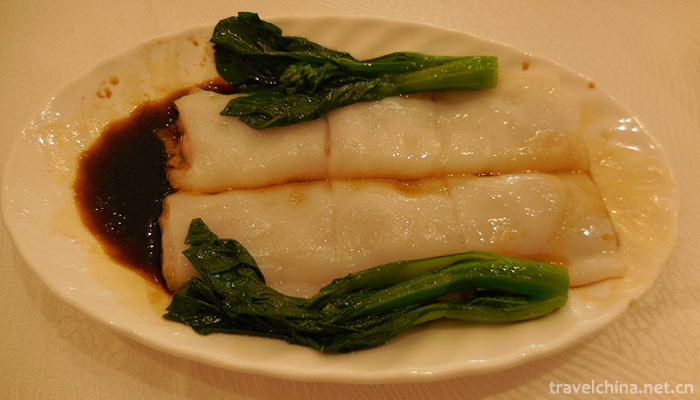
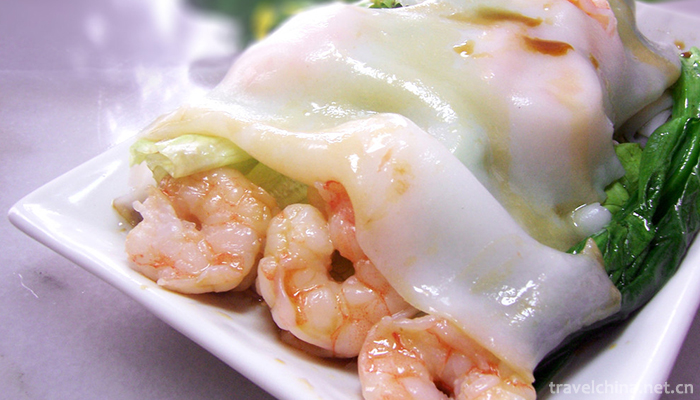
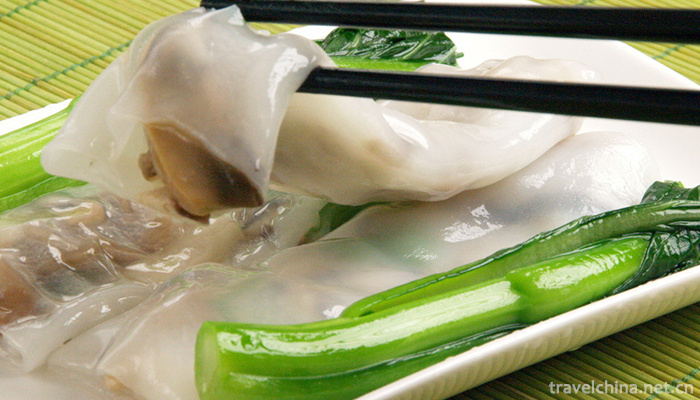
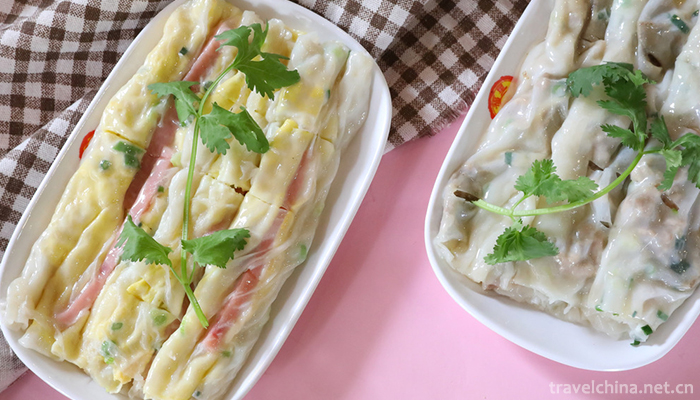
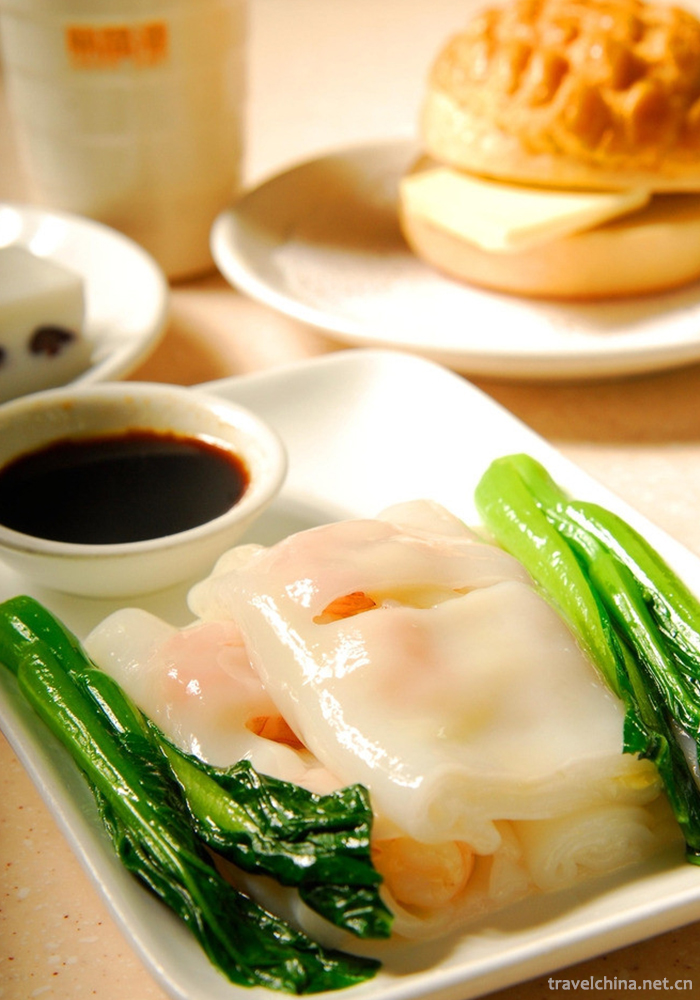
Ask a Question
Your email address will not be published.



0 Questions